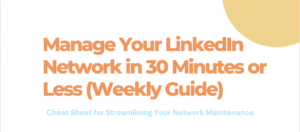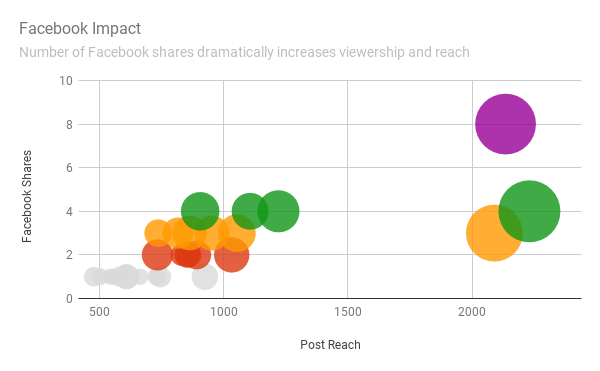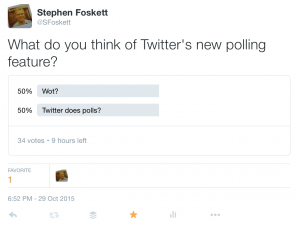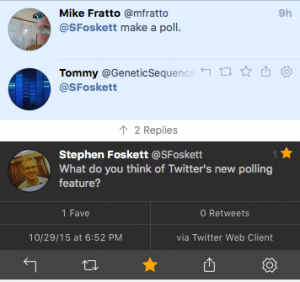 Every marketer knows that video is an integral part of marketing campaigns in 2021. Immediate benefits are evident – increased engagement, strategically building credibility for your brand, and higher ROI than other forms of media. But not every marketer knows the types of video that will perform well with their audience.
Every marketer knows that video is an integral part of marketing campaigns in 2021. Immediate benefits are evident – increased engagement, strategically building credibility for your brand, and higher ROI than other forms of media. But not every marketer knows the types of video that will perform well with their audience.
It’s a common conundrum. We love to watch videos, and we know that video marketing works, but what kind of video content should we create?
In this post series, I’m going to break down the different types of video content that works well with our audience at Gestalt IT, folks in the enterprise IT space, and I’ll let you know the who, what, when, where, and how to reach this group when creating your video content.
First, let’s consider some stats: According to survey results from Wyzowl, The State of Video Marketing 2020, the most commonly-created types of video are:
- Explainer videos (72%)
- Presentation videos (49%)
- Testimonial videos (48%)
- Sales videos (42%)
- Video ads (42%)
Yet, did you read that one important phrase? “Most commonly-created” video.
This doesn’t mean that the videos created are the type of videos that the audience wants to watch. In fact, from the same survey, while 86% of people would like to see more video from brands, only 36% say they’d most like to see more educational/explainer video style content, with 14% wanting to see more (much longer) product demos.
So how do you figure out what YOUR audience wants to see?
Video Type Matters
In every area of our lives, we make the mistake of believing that others think the way we do. Watching video content is no different. While you love short TikTok videos and can’t fathom watching anything for longer than 10 minutes, your closest friend may have a propensity for digging into 4-hour long documentaries. You might watch a 1 minute “How To” video while others might need a 20-minute video plus a blog post to truly understand the topic. Clearly, everyone is different and the types of videos that resonate with you may not be the same types that your target audience would enjoy.
Show Me the Data
As someone who has leveraged video in my marketing efforts since 2007, I was well aware that video content converts. I just had the belief that since attention spans are growing shorter year after year, all videos must be short.
“The shorter the better!” I would tell people. “Make them exciting with music and scene changes every few seconds!” I would rail.
My bias screamed while contradicting my personal experience. The truth was that when I was watching videos, I opted for 40-minute to 3-hour videos, usually with one person speaking, no fancy camera tricks, and not many distracting graphics or scene changes. This was a far cry from what I advocated in marketing circles.
And even worse… I found that watching those long videos led to making buying decisions! I was literally voting with my cold, hard cash for super long videos, yet telling marketers that it was not worth it. I’ve since wised up, and was even delighted to be proven wrong again when I saw how Tech Field Day videos perform on YouTube. (More on that later… and wow! You’re going to be shocked about those stats!)
Point is, you’ve not only got to know your audience; you have to consider their preferences and behaviors, and this post series will show you all that I’ve learned about video marketing in the tech space.
Bringing it Back Together
Tune in to Part 2 in this series in which I’ll cover how to create videos for enterprise IT practitioners and prospective customers. I’ll go over video types, ideal length, metrics, examples, and much more. And if you haven’t subscribed to our newsletter, please visit this page to join our mailing list and be notified when the next post in this series comes out.
Thanks for reading!







